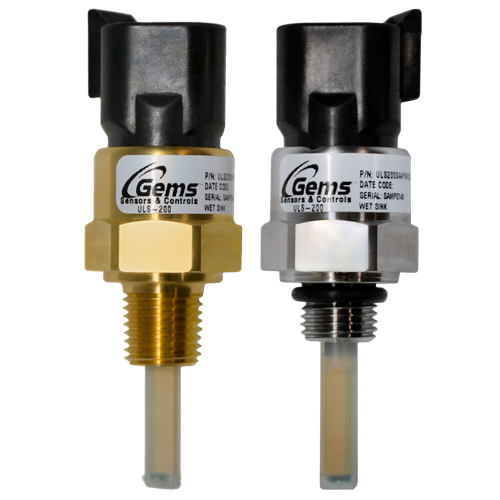Harvester and Combine equipment manufacturers require feedback on the status of all the fluid level containers and reservoir tanks on their vehicles, but they struggle with the different styles and types of sensors required
to provide that feedback.
- Is there enough hydraulic oil in the reservoir to safely use the machine?
- Is the coolant reservoir full enough to keep the engine cool in the heat of the summer?
- Does the power steering fluid reservoir have enough fluid to control the vehicle safely?
- Is there enough brake fluid to stop the vehicle safely?
- Does the Differential Gearbox Oil reservoir have enough oil to operate safely?
- Is there enough engine oil to properly lubricate the engine?
With all these different applications with different fluids, the manufacturer needs to buy and stock several different styles of these liquid level sensors. Many different part numbers, in lower volume, lead to increased costs and adds to the
warehousing of more parts than needed.
Application Challenge:Finding a single liquid level sensor, with no moving parts, that will reliably detect water, oil, essential fluids, coolant as well as fuel and will endure the environment of a harvester or combine. Traditional liquid level sensors (that can detect all fluids) rely on a float that will physically move up and down. The sensor is calibrated to the specific gravity of the fluid. It will operate differently in oil as compared to water. Also, these traditional float-style sensors have moving parts. When they are mounted in a high vibration and shock, environment, like a combine, the floats can become damaged and malfunction. |

 | Application Solution:Gems Sensors’ NEW ULS-200 Universal Level SensorGems' new ULS-200 advanced sensing technology operates independently of the fluid's specific gravity or capacitance, enabling it to reliably detect almost any fluid. With its durable housing and broad operating temperature range, the ULS-200 is ideal for diverse fluid applications, such as those in agricultural harvesters and combines. |
 SEARCH OUR RESOURCE CENTER
SEARCH OUR RESOURCE CENTER

